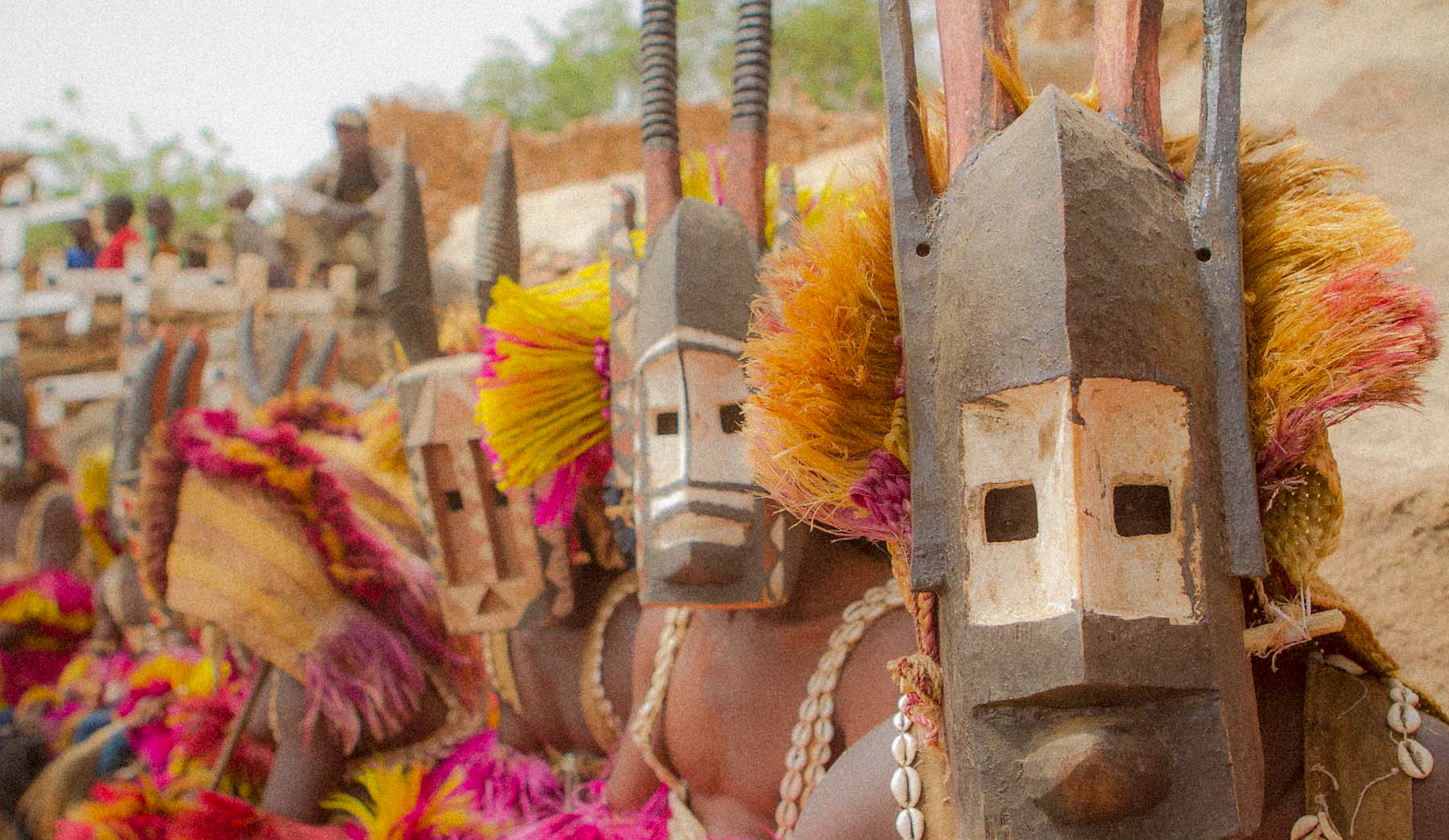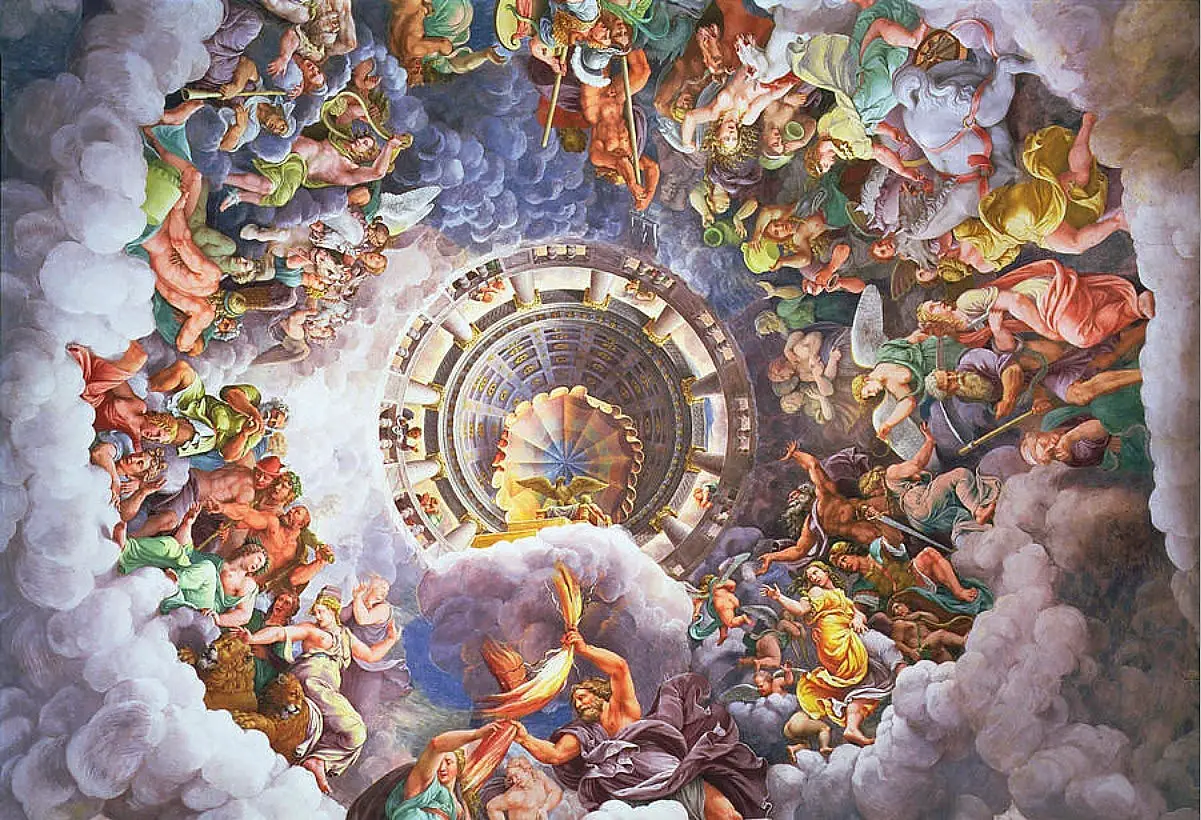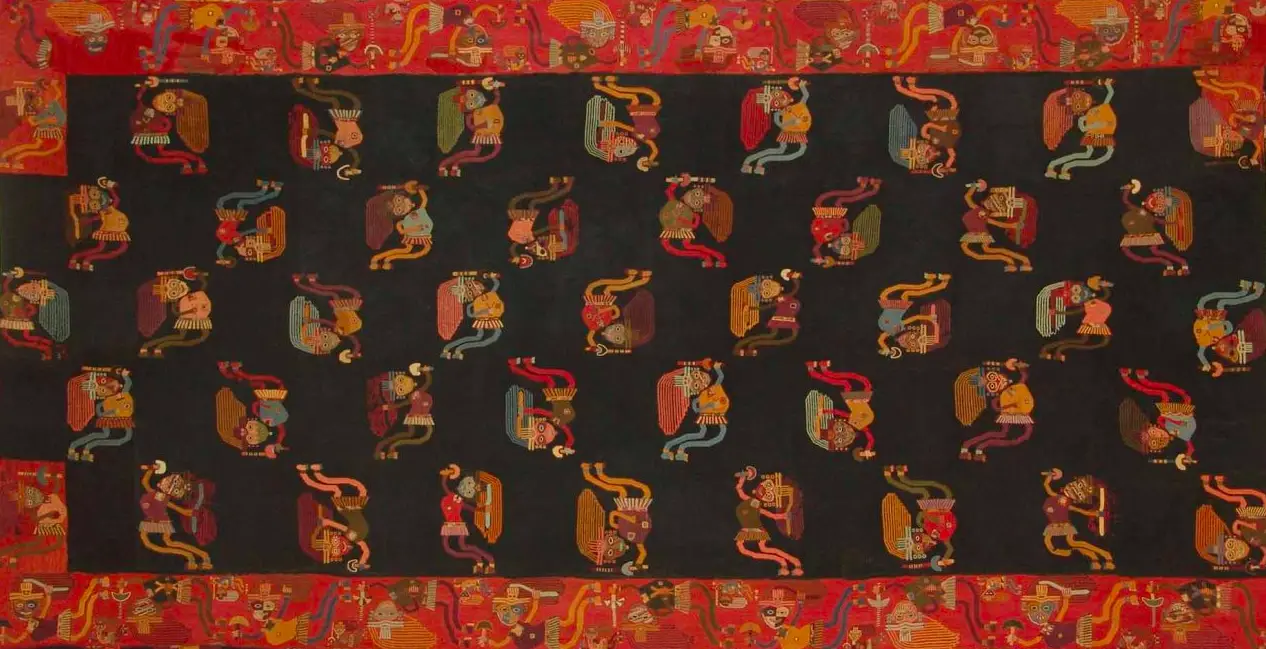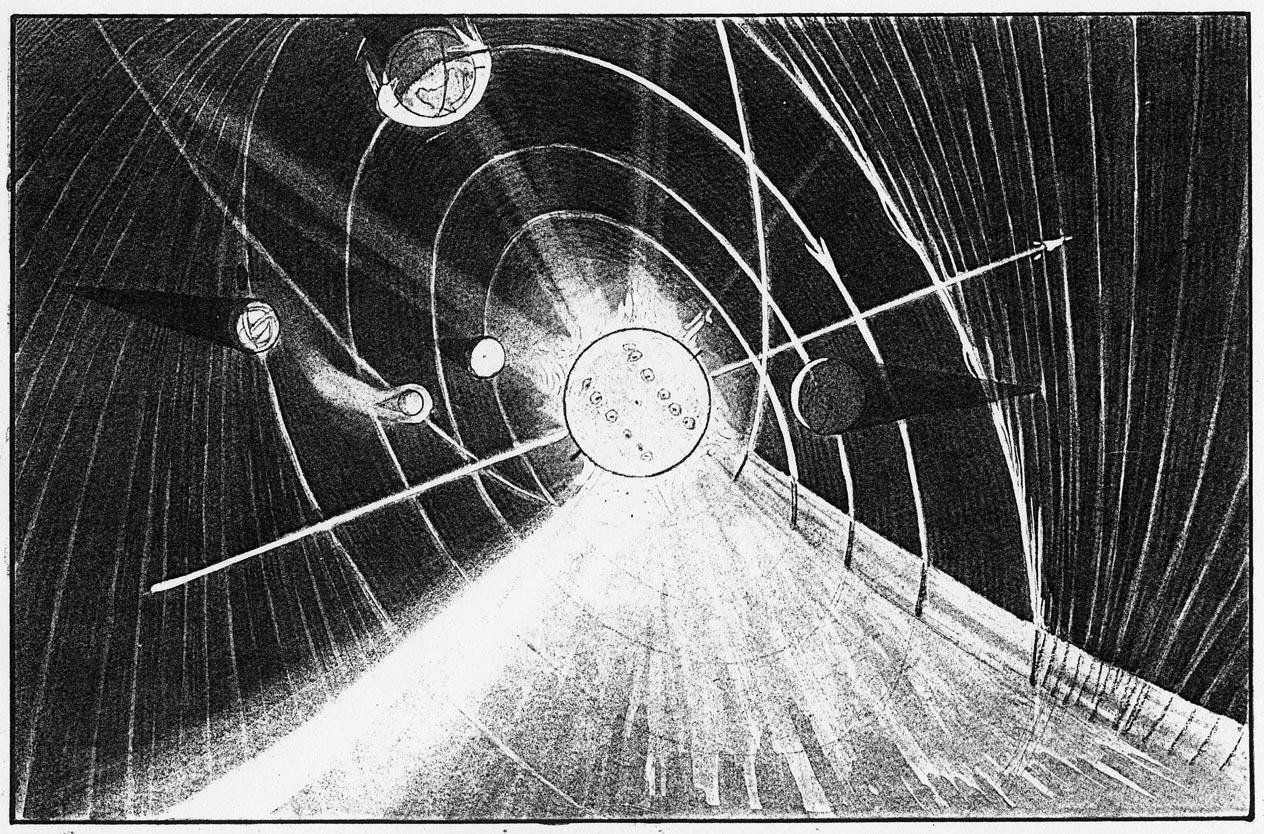Tag: Cosmogony
The divine service of the Greeks
The ancient Hellenic religion “lived on the harmonious and reciprocal response of reality and of the divine will. The faith of the Greek man is in the cosmos, in the ordered rhythm of the stars; and the intertwining of their motions can only supervise the god ». The Hellenic conception of the Sacred is in fact based on a dense network of mythical-historical-astrological correspondences, which allows the historian of religions to consider it under various aspects linked to each other: Theogony, esoteric history of the cosmos and human lineages, eschatology of the Mysteries, Hyperborean shamanism.
Marius Schneider: "The gods are songs"
The peculiar archetypal-symbolic vision of the German philologist and musicologist Marius Schneider is splendidly enclosed in this first chapter of "La musica primitiva" (1960) in which the divine forces are seen, through the meticulous analysis of the origin myths of the most varied traditions, primarily as "sound powers".
Pachacuti: cycles of creation and destruction of the world in the Andean tradition
di Marco Maculotti
cover: Paracas culture textiles (coastal Peru)
A central concept in the Andean cosmogonic tradition is the belief in regular cycles of creation and destruction that would initiate and end the various cosmic eras. Time was conceived in a circular way; according to this doctrine, it had only two dimensions: the present (Kay Pasha) which at its end leads to the "ancient time"(Nawpa Pacha), from which we will return again to the present time [Carmona Cruz p.28].
This doctrine, comparable to that of the Indian Yuga and to the Hesiodic one of the ages, is based on a principle of cyclicality that would govern everything in the cosmos and which is called by the Andean tradition pachacuti, literally "a revolution, a procession of space and time". With this term, in the myths, a series of catastrophic events are described that foresee the general destruction of the humanity of the sky and its subsequent replacement with a new humanity - see the myths of origin of Lake Titicaca, in which it is said that Viracocha exterminated a previous race of giants with the flood or with a rain of fire to then create a subsequent humanity, the current one [cf. Viracocha and the myths of the origins: creation of the world, anthropogenesis, foundation myths].
Hanns Hörbiger: the theory of Cosmic Ice
Taken from Louis Pauwels and Jacques Bergier «The morning of the wizards», Part II, chap. YOU
Ice and fire, repulsion and attraction fight eternally in the Universe. This struggle brings about life, death and the perpetual rebirth of the cosmos. A German writer, Elmar Brugg, wrote a work in praise of Hörbiger in 1952, in which he says:
“None of the doctrines that explain the Universe brought into play the principle of contradiction, of the struggle of two opposing forces, which nevertheless the soul of man has been feeding on for millennia. Hörbiger's undying merit is in powerfully resurrecting the intuitive knowledge of our ancestors through the eternal conflict of fire and ice, sung by the Edda. He exposed this conflict in the eyes of his contemporaries. He gave the scientific basis to this grandiose image of the world linked to the dualism of matter and force, of the repulsion it disperses and the attraction it unites. "
The primordial and triple god: esoteric and iconographic correspondences in ancient traditions
di Marco Maculotti
In ancient traditions around the world we find reference to a god of origins, who came into existence before all else, creator of all that is manifest and equally of all that is unmanifest. The most disparate mythical traditions depict the primordial god as containing all the potentials and polarities of the universe, light and darkness, spirit and matter, and so on. For this reason, he is often represented with two faces (two-faced Janus) or even with three (Trimurti Hindu). However, more often than not he is considered invisible, hidden, difficult to represent except in an allegorical, esoteric form, which often refers to the union of the luminous and fiery principle, 'masculine', with the dark and aqueous, 'feminine' . In the traditions of the whole world, this primordial god is not honored with a cult of his own, since it is believed that he now lives too far from man and human affairs do not concern him: for this reason, this maximum deity is often spoken of as of a deus otiosus.
Guido von List and the magical-religious tradition of the Ariogermans
At the turn of the nineteenth and twentieth centuries, using an approach halfway between the anthropological and the occult, the Viennese scholar Guido von List attempted a reconstruction of the Germanic Urgrund, analyzing the more esoteric aspects of the cosmogony and pre-Christian religion of the ancient Central European peoples .
di Marco Maculotti
A cosmogonic reading of the pantheon of the Mexica tradition, in a perspective of religious syncretism
The Aztec religion is a Mesoamerican religion that combines elements of polytheism, shamanism and animism, as well as aspects related to astronomy and the calendar. Aztec cosmology divided the world into three levels: an upper one, seat of the celestial gods, a lower one, seat of the underworld powers, and a middle one, in which the human consortium lives, equidistant from the gods and demons of nature and the subsoil. The concept of Theotl it is fundamental in the Aztec religion. In language Nahuatl it is often considered synonymous with "God", even if, to be more precise, it refers to a more general concept, which refers to the immaterial dynamic energy of divinity (tona), similar to the Polynesian concept of mana. As the Tapas of the Indo-Aryans, this tona it is not always beneficial, since an overabundance of it brings death and destruction [Torres 2004, p.14].








